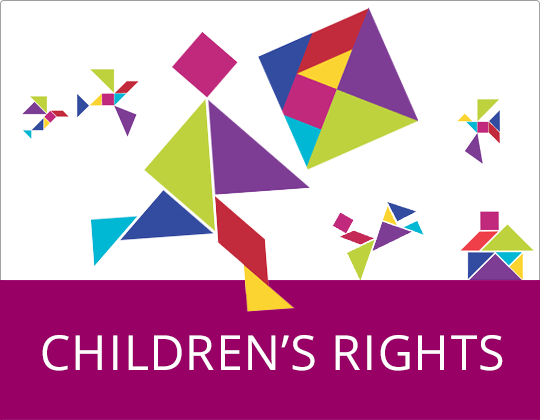Ahead of the European Day on the Protection of Children against Sexual Exploitation and Sexual Abuse (18 November), Secretary General Marija Pejčinović Burić has called on Council of Europe member states to step up their engagement with victims and survivors of childhood sexual violence to help lift taboos surrounding reporting of sexual violence to better protect children.
The European Day was launched by the Council of Europe in 2015. In 2022, as part of a global awareness-raising and advocacy effort, the United Nations also established the 18th of November as the World Day for the prevention of and healing from child sexual exploitation, abuse, and violence.
“It is crucial to join forces globally to ensure children’s protection against sexual violence worldwide. I am proud that our day has become universal and glad to announce that our Organisation has joined the WeProtect Global Alliance, a coalition of governments, civil society organisations, companies and international organisations committed to combat child sexual exploitation and abuse,” highlighted Marija Pejčinović Burić.
The Convention on the Protection of Children against Sexual Exploitation and Sexual Abuse, also known as the Lanzarote Convention, is widely recognised as the gold standard worldwide to combat these heinous crimes.
“Child sexual exploitation or sexual abuse is never the fault of the child, but in most cases the feeling of shame and stigma prevent children from disclosing their trauma before adulthood. This leaves them unprotected and perpetrators unpunished. Breaking the vicious circle of silence, encouraging survivors to speak up and learning from them is of vital importance because they can bring important insights to policy making,” concluded Marija Pejčinović Burić.
Learning from victims and survivors of childhood sexual violence to inspire policy change is at the crux of the 2023 edition of this European Day. This year’s topic is particularly relevant also for children in crisis and emergency situations, who are at increased risk to fall victim of sexual exploitation and abuse.
Victim and survivor engagement can exist in different forms, including calls for testimonies in the context of public inquiries, ad-hoc consultation groups, and permanent advisory boards or councils at the local, regional, and national levels. There are also examples of victim and survivor engagement in the context of sports, and religious institutions. The Council of Europe has a strong track record of engaging with victims and survivors, notably through partnerships with the Brave Movement and the Global Collaborative.
There are several examples of promising practices for victim and survivor engagement in member states of the Council of Europe. The Independent Commissioner for Child Sexual Abuse Issues (UBSKM) in Germany ensures that the voices of survivors are heard at the highest political level through the Survivors’ board; the UK Government established the Independent Inquiry into Child Sexual Abuse (IICSA, England and Wales), and the victim and survivor consultative panel was an integral part of the independent inquiry which published its final report in 2022; the President of France set up in 2021 the Independent Commission on incest and sexual violence against children (CIIVISE) which includes representatives of victims’ associations (its final report has been released today).
On 30 November, the Lanzarote Committee will discuss victim and survivor engagement promising practices to identify recommendations and lessons learned for policy makers. Key principles to support politicians in strengthening their engagement in this area will be developed and publicised.




